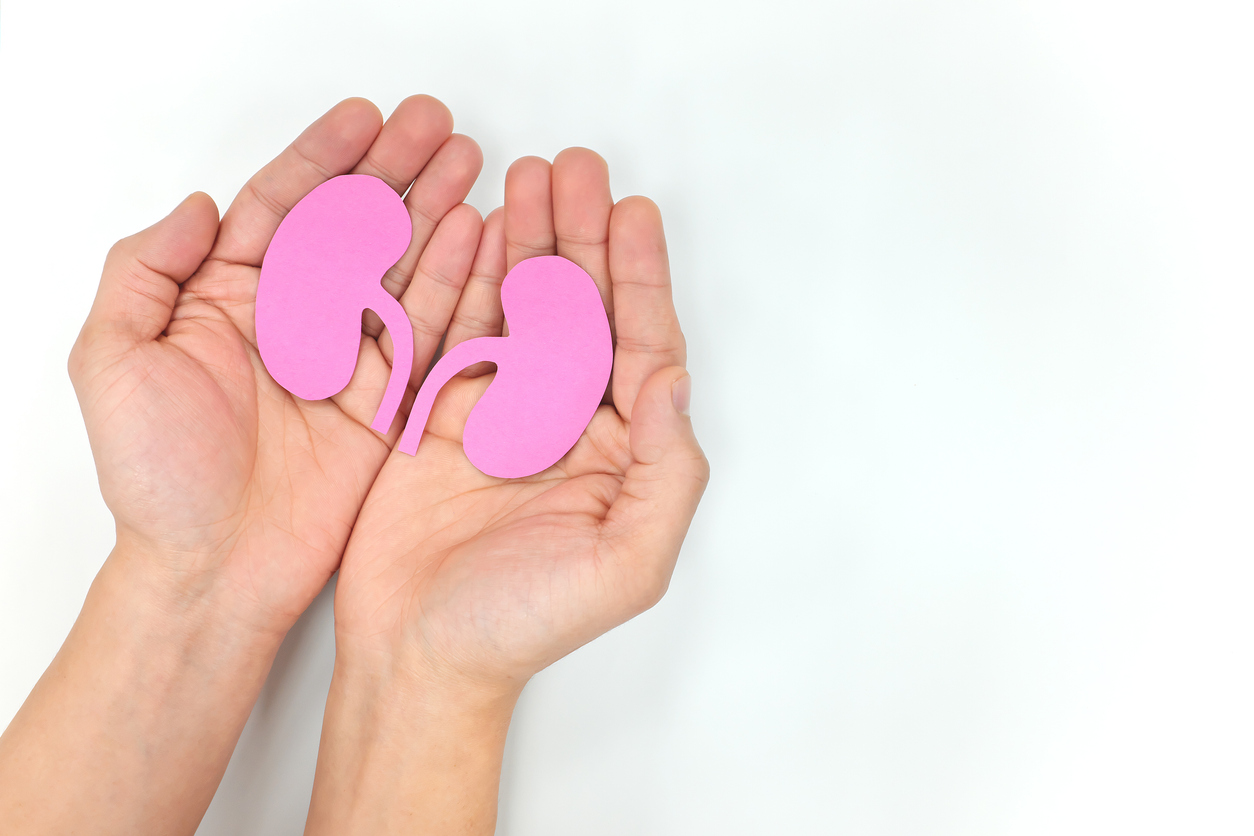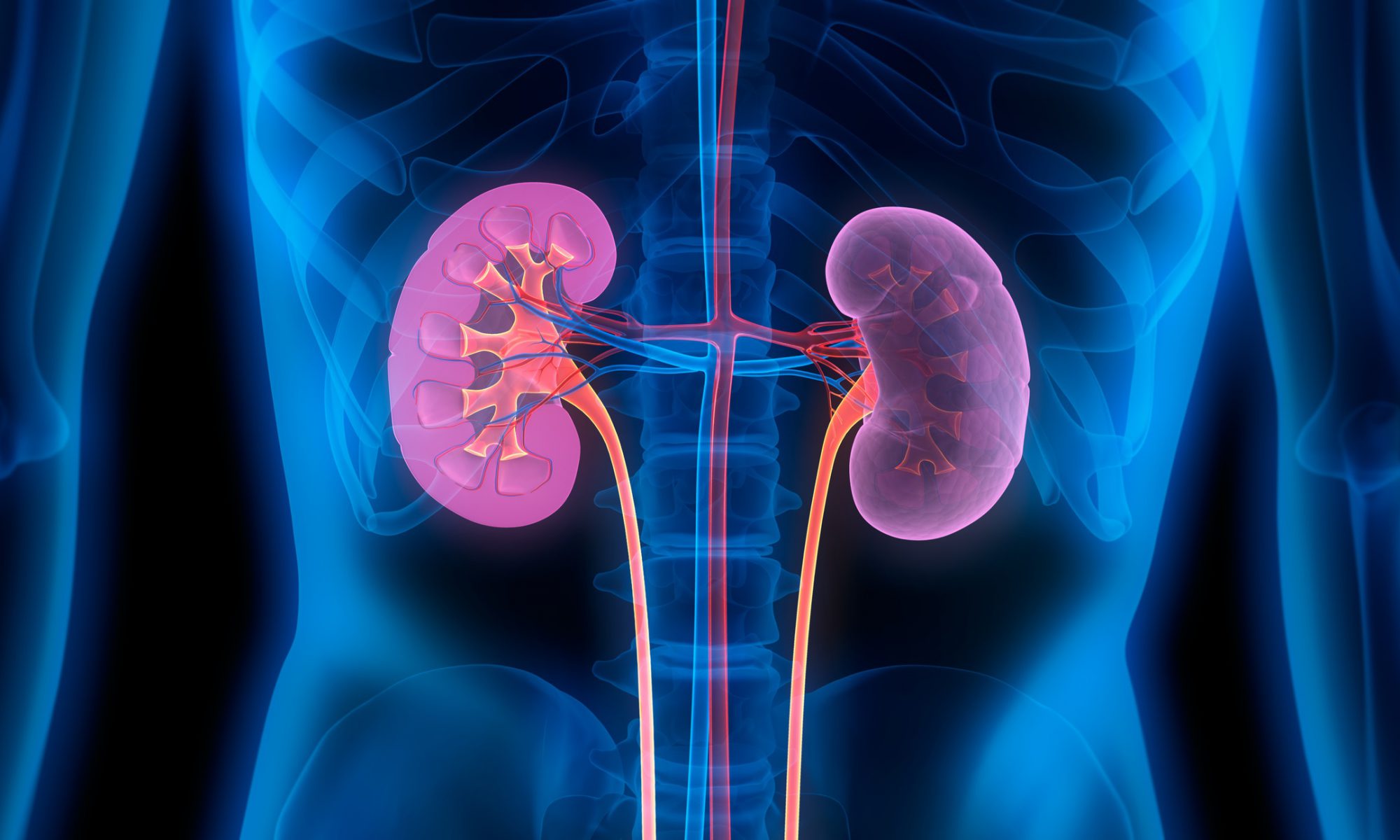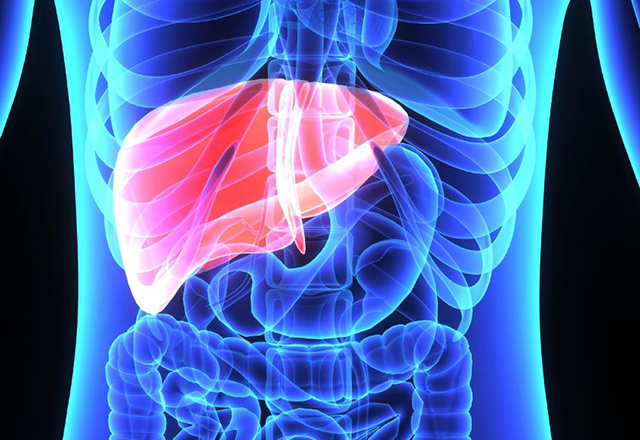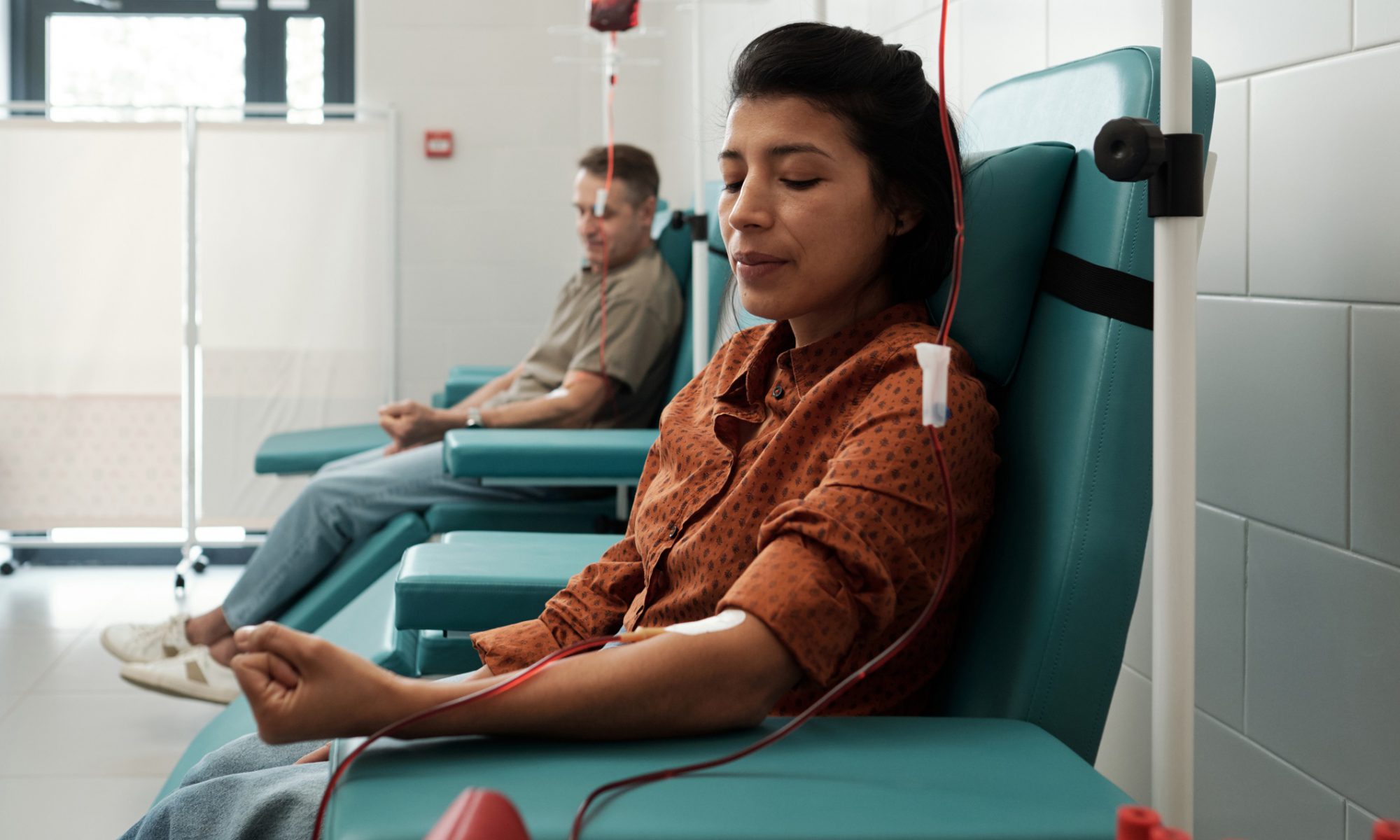A better understanding of chronic kidney disease may be found in the study of aging, according to a presenter at the International Conference on Dialysis.
As Healio has previously reported, aging increases the prevalence of some diseases, including chronic kidney disease. Moreover, the loss of kidney function may result in a disconnect between chronological and biological age, according to a presentation.
Read the full story in Healio.









